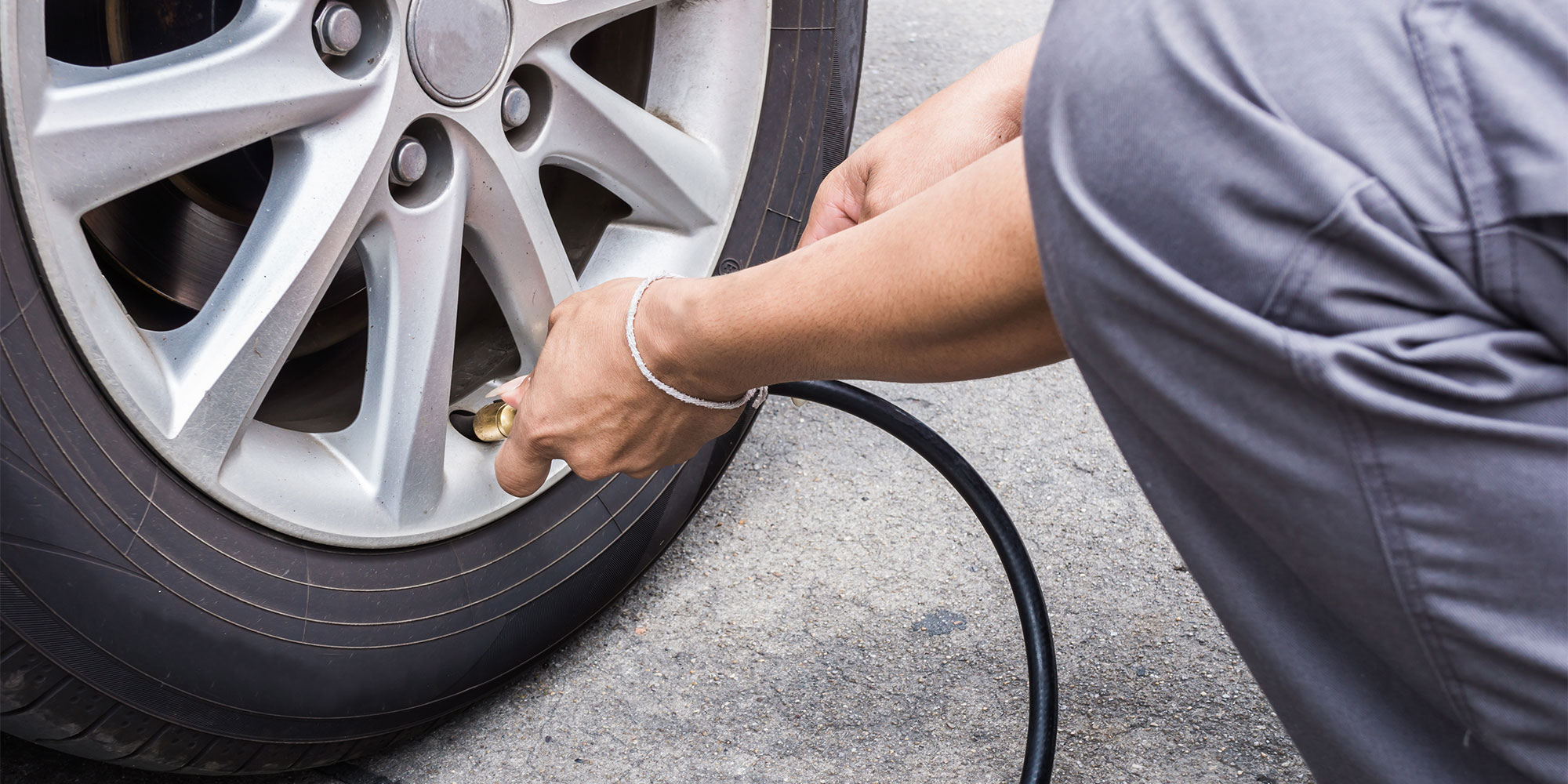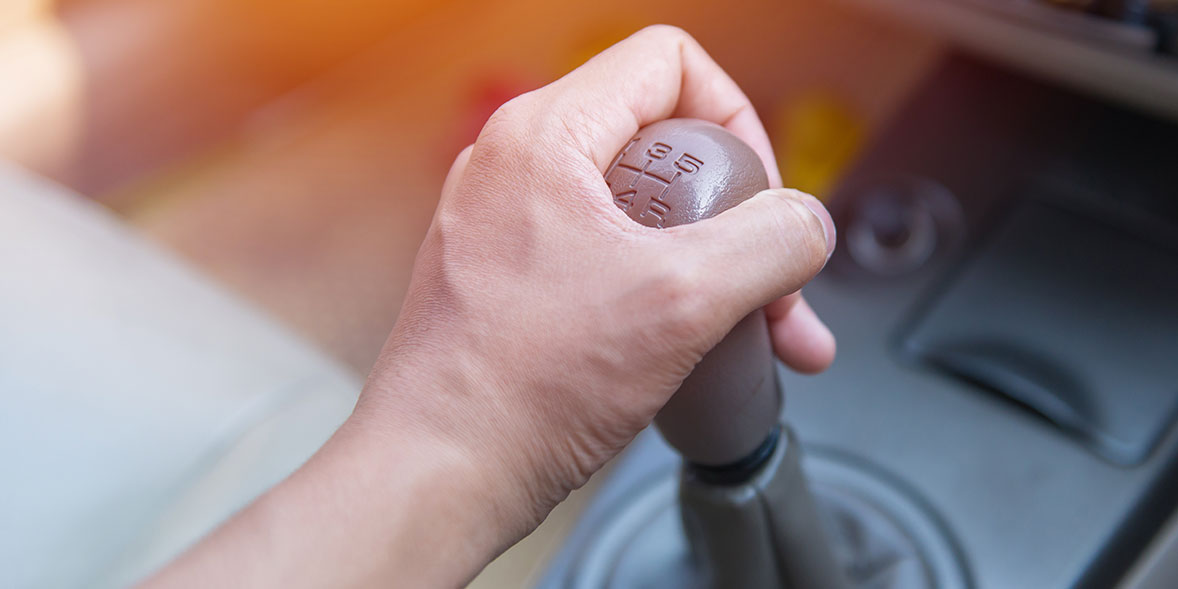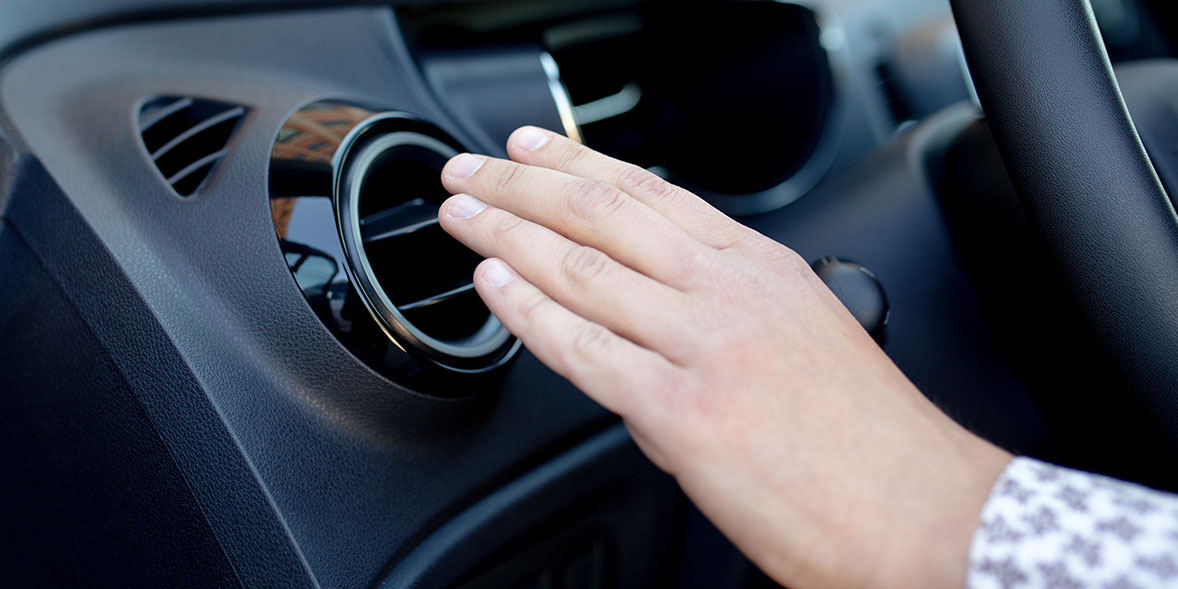
By clicking a retailer link you consent to third-party cookies that track your onward journey. This enables W? to receive an affiliate commission if you make a purchase, which supports our mission to be the UK's consumer champion.
How to save fuel and other money-saving driving tips

Avoiding expensive petrol stations is a good way to reduce the cost of filling up, but you can also drive down the costs of running a car by making a few small changes to how you drive.
Watch the video below for our top tips, then scroll for more ways to save money when driving.
1. Drive smoothly
When driving, try to accelerate smoothly and avoid harsh throttle inputs. Of course, you should also ease off the gas where possible to help lower your fuel consumption. As a general guide, keep the revs between 1,500 and 2,500rpm (petrol engine) and 1,200 and 2,000rpm (diesel engine), but avoid labouring the engine.
Reading the road in front to stop you from having to brake unnecessarily will also improve efficiency. Braking wastes the energy used to get a car up to speed.
Some harsh braking may be inevitable, but if you're coming up to a set of traffic lights, try to coast (leaving the car in gear) to a stop rather than braking.
You may even find that you don't need to stop the car at all if the lights go green in time, and you won't use as much fuel accelerating again. Do be aware of traffic behind you: if a vehicle is particularly close, it's a good idea to show your brake lights when slowing down by lightly braking.
Gentle acceleration and avoiding unnecessary braking applies to electric cars, too. Plus, relying on regenerative braking in an electric car will also help maximise range and the lifespan of your mechanical brakes.

2. Avoid premium unleaded
While there's no harm in using premium or 'super' unleaded, there's usually little benefit either – unless you drive a high-performance or imported car that specifically requires a higher octane rating than standard unleaded.
So for most drivers, given that super unleaded typically costs 10-15p more per litre than normal unleaded, avoiding the premium pumps is definitely going to save you money.
It's worth noting, though, that the ethanol content of regular petrol has been increased to 10% (labelled E10). If you drive a particularly old or classic car, you may need to opt for premium unleaded, as that has remained at 5% (E5).
All our car reviews contain independent fuel economy data for each engine we lab test. To help you choose a car that's economical, we show each engine's fuel economy. Using that month's fuel price, we show you what it will cost to fill up a tank, as well as the monthly and annual costs.
3. Don't assume supermarkets are always cheapest
Even though fuel prices have fallen significantly in recent times, larger supermarket chains still generally offer the lowest forecourt prices. In some areas, though, independent petrol stations can undercut larger firms. It's worth checking which petrol stations are the cheapest locally before you fill up. Websites such as PetrolPrices.com can help, and some sat nav apps, such as Waze, display live prices for stations nearby and on your route.
You needn't worry about cheaper petrol being bad for your car – find out more in our in-depth guide to supermarket fuel quality
4. Check your tyre pressure

Make sure your tyres are at the correct pressure as stated in the car's handbook (or often on a sticker on the driver's door pillar). Underinflated tyres develop more rolling resistance than correctly inflated tyres, so you’ll have to work your engine slightly harder when there isn’t enough air in them.
An incorrectly inflated tyre will also affect your car's braking performance and is likely to wear prematurely or unevenly, meaning you'll need to change them more often.
Need new tyres? Read our guide on how to choose and where to buy car tyres
5. Ditch unnecessary items
Roof racks, external boxes and bicycle carriers all add weight, so detach them when they're not needed. Extra weight means the engine has to work harder to get the car up to speed, thereby increasing fuel consumption.
They will also increase wind resistance. The same also applies to any bent bodywork or ill-fitting trim pieces. Opening your windows can also cause significant drag, so it could prove more economical to use the air conditioning to keep cool when driving at higher speeds.
6. Don't warm up your engine
While advice varies from manufacturer to manufacturer, it is normally preferable to drive your car gently immediately after turning it on, rather than leaving it to warm up. Not only will the engine warm up more quickly, reducing the potential for engine wear, but you'll also use less fuel in the process.
If your car is iced over, use an ice scraper or de-icing spray rather than leaving your car running and relying on the heating.
7. Use cashback schemes
Lots of petrol stations and supermarkets now offer loyalty cards to encourage customers to continue filling up with them.
The schemes usually work in the same way: every time a customer buys fuel, they swipe their loyalty card and points are accumulated that can be exchanged for discounts at a later date.
If you regularly fill up at the same station or you always fill up after your food shop, signing up to a loyalty card could help you save money.
Not sure which car to buy next? Compare fuel costs using the fuel economy data in each one of our comprehensive car reviews
8. Change gears earlier

Every car will be different, but there will be a happy medium between opting for a higher gear earlier and not labouring the engine too much. Red-lining the engine won’t improve your efficiency. Try changing up a gear at 2,000rpm and see if the engine can cope with this.
Many new cars will also feature a gear-shift indicator, informing you of the most economical point to change gear, or even an 'eco' driving mode, which reduces the throttle's response, among other adjustments, to maximise the fuel efficiency of each litre.
Short shifting (skipping gears such as going directly from 1st to 3rd) can also help to reduce fuel consumption.
9. Stick to the speed limit
The faster you drive, the higher your fuel consumption will be.
Department for Transport (DfT) figures show that driving on the motorway at 80mph uses around 25% more fuel than driving at 70mph. Travelling at 70mph instead of 60mph will use 9% more fuel, and an additional 5% more than driving at 50mph.
Are you a new driver? Our guide to the best first cars shows you the models we recommend
10. Turn equipment off

The biggest sapping item of equipment in most modern cars is the air-con. It's great for both hot days and demisting windows in the winter, but sparing its use can see significant fuel savings over time. That said, don't neglect it entirely. Air-con systems sometimes have a tendency to develop mould or fail due to cracked seals if left unused for months.
The same goes for the heated rear screen, demisters and headlights – if you don’t need them, switch them off.
11. Use a sat nav
If you’re travelling somewhere unfamiliar, make sure to plan your route well to avoid getting lost and wasting fuel.
Sat navs, whether an app on your phone or a dedicated device, will show you the quickest route to your destination. Most can also replot your route on the fly, to avoid traffic jams and accidents.
Some models can even select the most economical route and will avoid fuel-sapping obstacles such as large hills and areas with heavy stop-start traffic.
12. Don't skip maintenance
Ensure your car is regularly maintained according to its service schedule. Aside from reducing the potential for big bills further down the line, a newly serviced car with clean oil and fresh filters will run more efficiently.
Some manufacturers also provide winter checks on their cars, where a dealer will examine your car to check if it's safe to drive in wintery conditions.
Our guide explains how to find a good garage near you
13. Consider going electric
If you're in the market for a new car, you can reduce running costs by making the switch to an electric car, but only if you can charge at home.
If you already own an electric car, check out the money-saving tips in our to EV charging costs.
Drive smarter and cut costs using our expert advice. Get our Cars newsletter – it's free monthly
Compare car insurance
Find the right policy for your vehicle using the service provided by Confused.com
Get a quote now